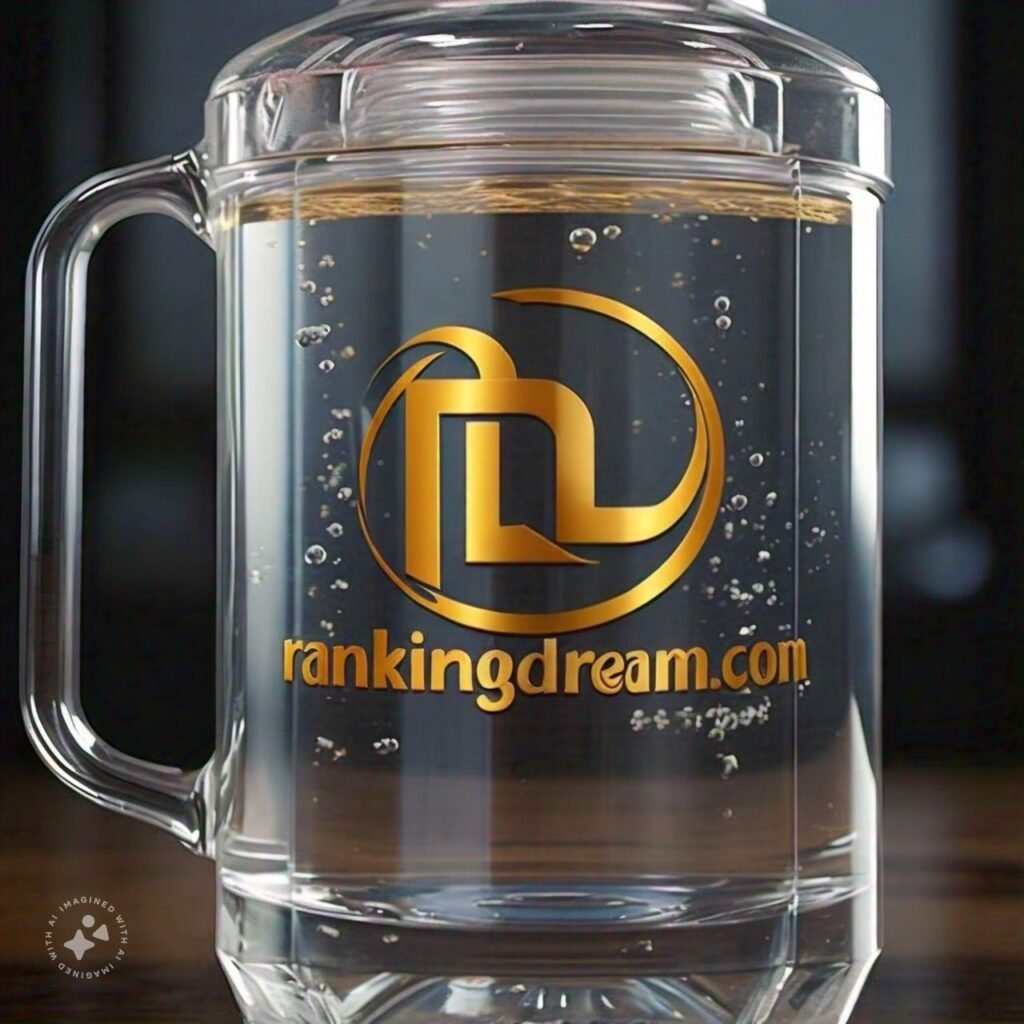how many ounces in a gallon of water. Water is essential for life. But how well do you understand its measurements? When it comes to hydration, knowing the volume of water you’re consuming can be surprisingly important. If you’ve ever wondered how many ounces are in a gallon of water, you’re not alone. This knowledge can help you stay on track with your daily intake and ensure you’re giving your body the fluid it needs to function optimally.
As we dive deeper into this topic, we’ll explore everything from measurement systems to tips on increasing your water consumption. Whether you’re looking to quench your thirst or fuel an active lifestyle, understanding these conversions can make all the difference in staying hydrated and healthy. Let’s get started!
Understanding the Metric System

The metric system is a universal language of measurement. It’s based on powers of ten, making calculations straightforward. This simplicity allows for easy conversions between units.
Unlike the imperial system, which uses ounces and gallons, the metric system employs liters and milliliters. One liter equals 1,000 milliliters—a handy distinction when measuring liquids like water.
Most countries use this system due to its clarity and consistency. Scientists also favor it in research because precise measurements are crucial for accuracy.
Understanding the metric system can enhance your knowledge of daily activities—especially cooking or tracking hydration levels. As you navigate different contexts where these measurements apply, you’ll find that grasping basic metrics will empower you in various scenarios.
Conversion Factors for Ounces and Gallons

When it comes to measuring liquids, understanding conversion factors is essential. Ounces and gallons are commonly used in both cooking and daily hydration.
One gallon contains 128 fluid ounces in the U.S. measurement system. This means if you have a recipe calling for a gallon of water, you can easily convert it to ounces by multiplying by 128.
In contrast, the Imperial gallon used in some countries equals 160 fluid ounces. Knowing which system you’re using is crucial before making conversions.
If you’re ever unsure about how many ounces are in a gallon of water or any other liquid, handy calculators or charts can help simplify things. They take the guesswork out of measurements so that precision isn’t lost during your culinary adventures or hydration goals.
How Many Ounces in a Gallon of Water?
how many ounces in a gallon of water? A standard gallon holds 128 fluid ounces. This conversion is crucial for various recipes and dietary needs.
Understanding this measurement helps you track your hydration better. If you’re aiming for the recommended daily intake of water, it’s easier to visualize when you know that drinking one gallon means consuming 128 ounces.
Whether you’re filling up a pitcher or just keeping tabs on your water consumption, these numbers provide clarity. Staying hydrated isn’t just about quantity; it’s also about consistency throughout the day.
Next time someone asks how many ounces in a gallon of water, you’ll have an easy answer at your fingertips!
Benefits of Drinking Enough Water

Drinking enough water is essential for overall health. It plays a pivotal role in maintaining bodily functions. Hydration aids digestion, helping your body absorb nutrients more effectively.
Moreover, adequate water intake can enhance cognitive performance. When you’re well-hydrated, focus and concentration improve significantly. This is particularly important during long work hours or study sessions.
Water also supports skin health. Proper hydration keeps your skin looking vibrant and reduces the appearance of dryness and wrinkles.
Additionally, drinking sufficient amounts of water can help control weight. Sometimes we confuse thirst with hunger; staying hydrated may prevent unnecessary snacking.
Regular water consumption boosts energy levels. Dehydration often leads to fatigue—by keeping your fluid levels up, you’ll feel more energized throughout the day.
Tips for Increasing Daily Water Intake
Staying hydrated can be a challenge, but small changes make it easier. Start by keeping a water bottle with you throughout the day. This simple step reminds you to sip regularly.
Set reminders on your phone or use hydration apps that prompt you to drink. It’s surprising how quickly those ounces add up when you have a nudge!
Add flavor to your water if plain isn’t appealing. Slices of lemon, cucumber, or fresh mint can transform your drink into something refreshing and exciting.
Pair drinking water with daily routines—take a glass before meals or after using the restroom. These associations help reinforce the habit without extra effort.
Explore herbal teas as another fluid option; they contribute to hydration while offering variety in taste and benefits.
Eat foods high in water content like fruits and vegetables. Watermelon and cucumbers not only hydrate but also provide essential nutrients for overall well-being.
Other Liquids to Consider in Daily Fluid Intake
Water is essential, but it’s not the only fluid that contributes to hydration. Several other beverages can help you meet your daily intake needs.
Herbal teas are a great option. They come in various flavors and offer additional health benefits without caffeine or added sugars.
Fresh fruit juices are another tasty choice. Just be mindful of portions, as they can be high in natural sugars.
Coconut water stands out for its electrolyte content, making it a refreshing alternative after exercise. It hydrates while providing vital nutrients.
Milk—dairy or plant-based—can also contribute significantly to fluid intake and offers protein and calcium along with hydration.
Even broths and soups count! They’re flavorful ways to incorporate more liquids into your diet while enjoying nutritious meals.
Conclusion
Understanding how many ounces are in a gallon of water is crucial for maintaining proper hydration. With 128 ounces in a gallon, keeping track of your daily intake becomes much simpler. This knowledge empowers you to meet your hydration goals effectively.
Drinking enough water comes with numerous benefits, including improved digestion and enhanced mental clarity. Incorporating more fluids into your diet can elevate your overall well-being. It’s not just about water; consider other beverages as part of your fluid intake too.
Utilizing the tips shared earlier can help boost your daily water consumption seamlessly. Whether you opt for flavored waters or set reminders on your phone, every little change counts toward better hydration habits.
Focusing on these factors will lead to healthier choices moving forward. Remember that staying hydrated is an essential aspect of maintaining good health, so keep those ounces in mind!




Pingback: Explain Measurements: How Many Cups in a Quart?